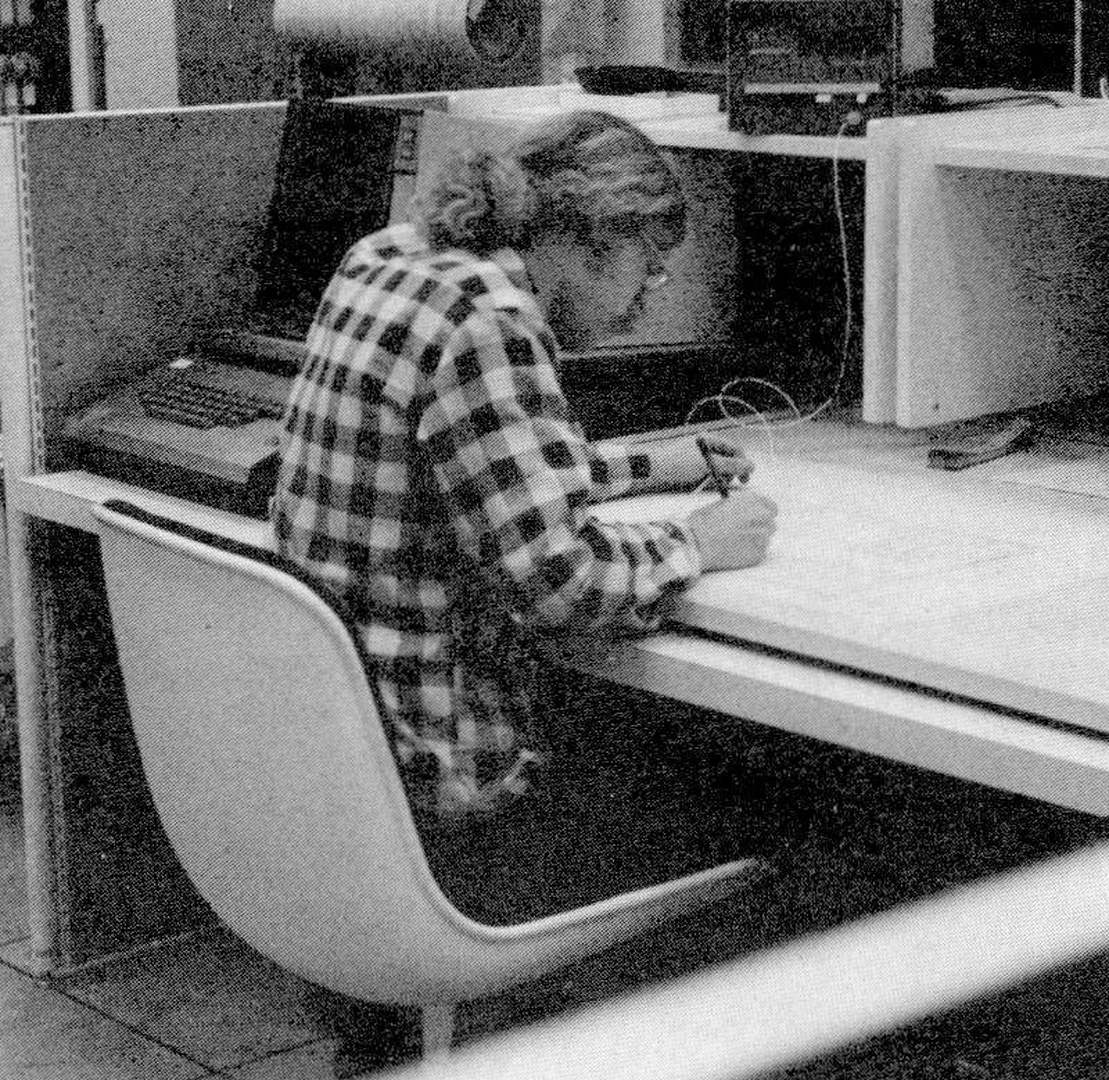“Graphical input through machine recognition of sketches” by Herot
Conference:
Type(s):
Title:
- Graphical input through machine recognition of sketches
Presenter(s)/Author(s):
Abstract:
A family of programs has been developed to allow graphical input through continuous digitizing. Drawing data, sampled at a high and constant rate, is compressed and mapped into lines and splines, in two and three dimensions. This is achieved by inferring a particular user’s intentions from measures of speed and pressure.Recent experiments have shown that even the most basic inference making cannot rely solely upon knowledge of the user’s drawing style, but needs additional knowledge of the subject being drawn, the protocols of its domain, and the stage of development of the user’s design. This requirement implies a higher level of machine intelligence than currently exists. An alternate approach is to increase the user’s involvement in the recognition process.Contrary to previous efforts to move from sketch to mechanical drawing without human intervention, this paper reports on an interactive system for graphical input in which the user overtly partakes in training the machine and massaging the data at all levels of interpretation. The initial routines for data compression employ parallel functions for extracting such features as bentness, straightness, and endness. These are planned for implementation in microprocessors.Results offer a system for rapid (and enjoyable) graphical input with real-time interpretation, the beginnings of an intelligent tablet.
References:
1. Negroponte, Nicholas, and James Taggart, “HUNCH-An Experiment in Sketch Recognition,” in Computer Graphics, edited by W. Giloi, Berlin, 1971.Google Scholar
2. Negroponte, Nicholas, “Recent Advances in Sketch Recognition,” Proceedings of the AFIPS, New York, 1973.Google Scholar
3. Taggart, James, “Sketching, an Informal Dialogue between Designer and Computer,” in Computer Aids to Design and Architecture, edited by Nicholas Negroponte, Petrocelli/Charter, New York 1975.Google Scholar
4. Negroponte, Nicholas, “A Computational Paradigm for Personalized Searching,” inGoogle Scholar
5. “MAGIC Reference Manual,” Architecture Machine Group, MIT, Cambridge, 1976.Google Scholar
6. McIntosh, John F., “The Michigan Pencil,” unpublished paper, Architectural Research Laboratory, University of Michigan, Ann Arbor, September 1975.Google Scholar
7. Riesenfeld, Richard, “Applications of B-spline Approximation to Geometric Problems of Computer-Aided Design,” Ph.D. thesis, University of Utah, Salt Lake City, 1973. Google ScholarDigital Library
8. Herot, Christopher, “PLAN,” in Machine Recognition and Inference Making in Computer Aids to Architecture, proposal to the National Science Foundation, Architecture Machine Group, MIT, 1973.Google Scholar
9. Herot, Christopher, Using Context in Sketch Recognition, Master’s thesis, M.I.T., Cambridge, Massachusetts, 1974.Google Scholar
10. Sussman, Gerald, and Drew McDermott, The Conniver Reference Manual, M.I.T. Artificial Intelligence Laboratory, M.I.T., Cambridge, Massachusetts, 1973.Google Scholar




